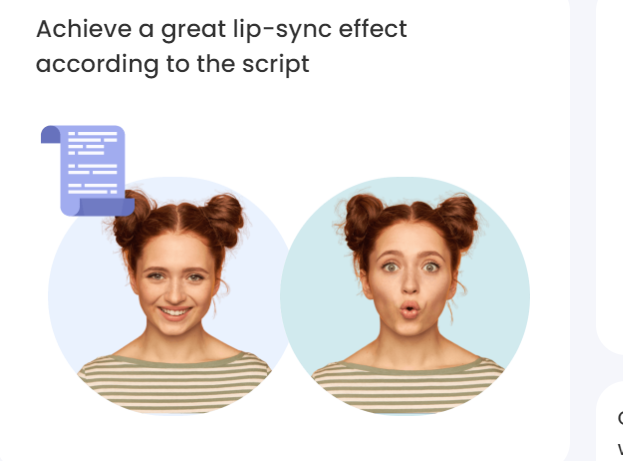Video voice translators have completely changed our perspective and ways to perceive & consume multimedia content present in a foreign language. In a period of globalization, in which it is very easy to communicate with anyone anywhere and do business with any country, these tools facilitate real-time translations and open communication channels globally.
Performance and Accuracy Findings
The accuracy of video voice translators runs the gamut from atrocious to fantastic, with several factors influencing the skill (or lack thereof) displayed by them: first and foremost, how difficult any given language is in general. The language models are pretty accurate too, with numbers between 75% and 95% depending on the most common languages such as Spanish or French or Mandarin. Yet for more underresourced languages such as Hungarian or Finnish, perhaps 50%-70% is possible.
The technology used in building this tool deeply impacts their performance. The more sophisticated translators use neural machine translation (NMT), which learns from a large body of data in order to get better with every attempt. In particular: NMT systems are best for understanding the conversational context and nuances, which leads to a very high level of translation accuracy.
What Problems do video voice Translators Have?
Even so, video voice translators are not out of the woods. A big challenge is the colloquial language, sayings and idioms that do not translate preferrably. On top of that, background noise and talking at the same time can seriously reduce the accuracy of your translations making them far less dependable in noisy environments.

Breakthroughs in Instant Translate
Obvious recent improvements with the real-time video voice translator For example, advancements in AI algorithms have the speeded up processing times resulting in reduction of translation latency from several seconds to almost real-time responses. Such improvements are critical to things like global conferences and real-time broadcasts, where time is of the essence.
Case Uses & Practical Applications
The video voice translator can be used in many practical ways. These translators help to include students of many languages worldwide into lectures and courses in educational contexts. In the business world, they make multilingual communication during meetings, negotiations and customer handling more seamless which allows for better comprehension and working together between language barriers.
Future Outlook
The future seems bright for video voice translator. As AI and machine learning continue to evolve, even greater accuracy and more natural translations are on the horizon. Plus, the increasing amounts of linguistic data will also trickle down to improve translation quality for even lesser-known languages.
To go on to conclude, the current world of video voice languages translates – a mix of excellent accuracy in popular languages and ongoing improvements for more. Tools like this will only become more central to global communication as technology advances, further obliterating language barriers in the future.
